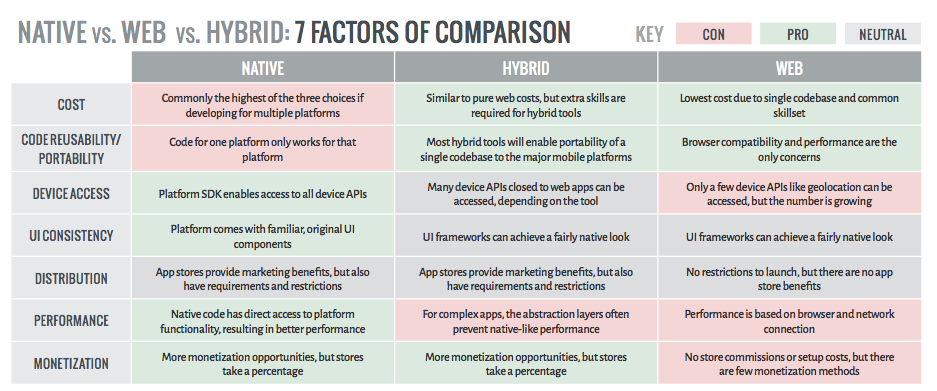Mobile Technologies
Mobile involves hardware, software, platforms, apps and overall experience. We can also look at smart vs. non-smart mobile devices. To put some perspective on mobile technologies some attributes that help me filter the avalanche of information is below.
What do Consumers want
The below research from dynatrace is a great read.
Ecosystems
- Apple
- Windows
- etcetera
Hardware
- Apple
- Samsung
- Sony
- HTC
- Qualcomm
- Motorola
- Huawei
- Lenovo
- LG
- etcetera.
You can read more here
Platforms/OS
- iOS
- Android
- Windows
- FirefoxOS
- etcetera
Types of Mobile Apps
Native apps: Mobile apps that are entirely developed using the tool stack available in the respective ecosystem (viz. Apple, Google, Windows etc.) are called native apps. Tool stack here could mean programming language, SDK and the underlying platform and so on. Native apps by far give the best user experience in terms of user experience and performance
Webapp/HTML5 apps: Apps that use web technologies like HTML5, javascript and CSS that align with w3c standards are called web apps. Web apps do not heavily rely on native platform support and hence are more cross-platform and portable. That said, there is significant opportunity for improvement in the areas of secure local storage and access to device functionalities like accelerometer, scanner, camera etc.
Hybrid apps: Hybrid as the name suggests takes the positives of both web and native apps and brings them together

Read more here
In this book
We are going to talk about native Android mobile app. In a future series, we will continue to extend the patterns applied here to the iOS mobile apps.